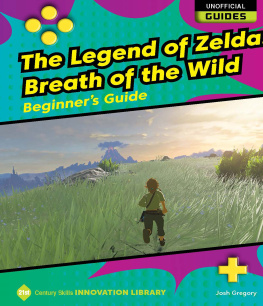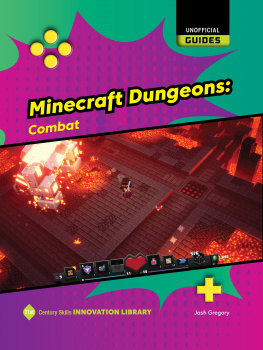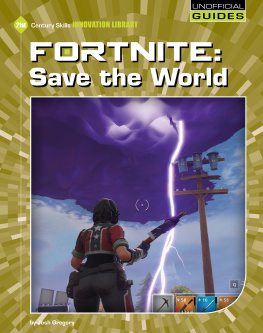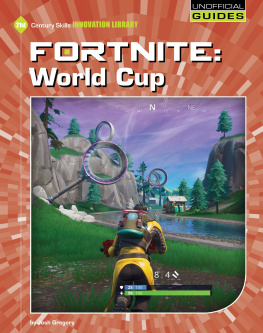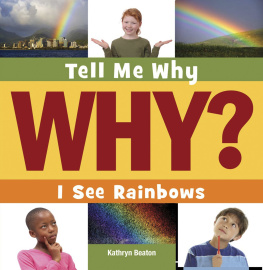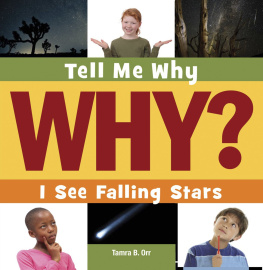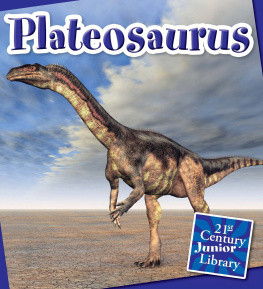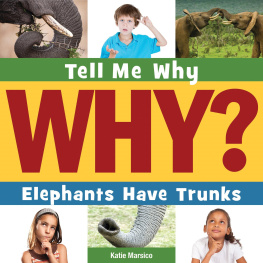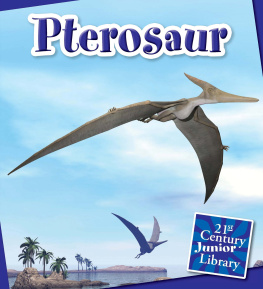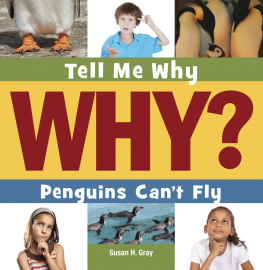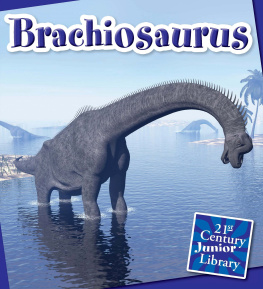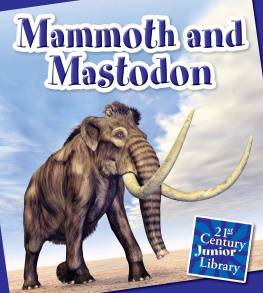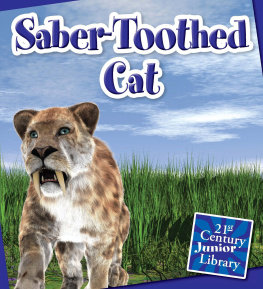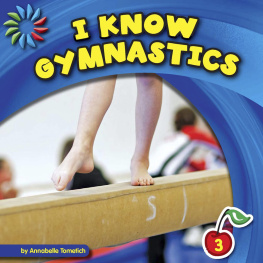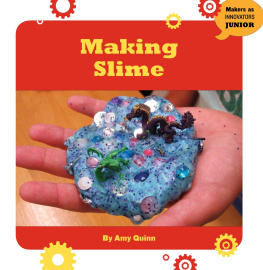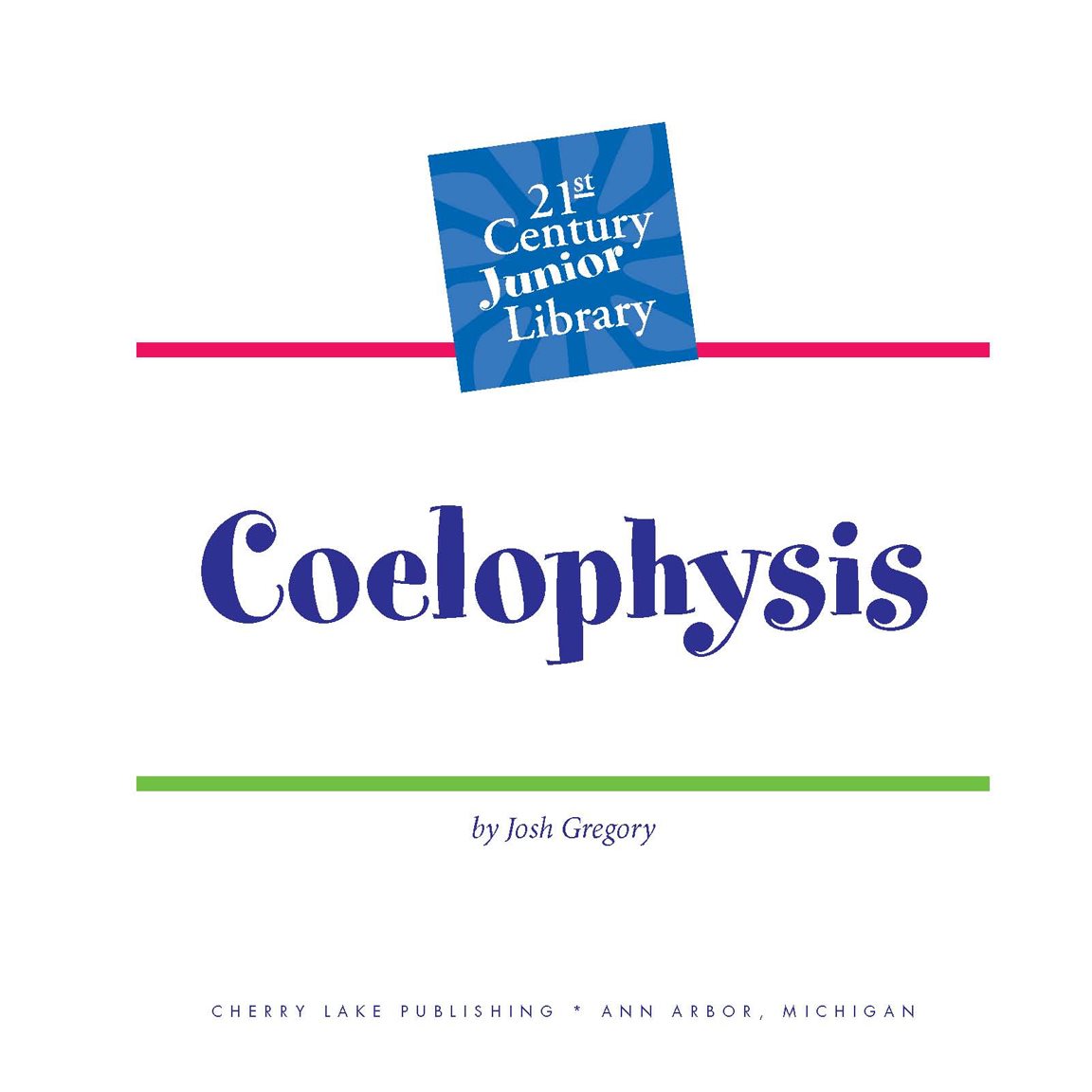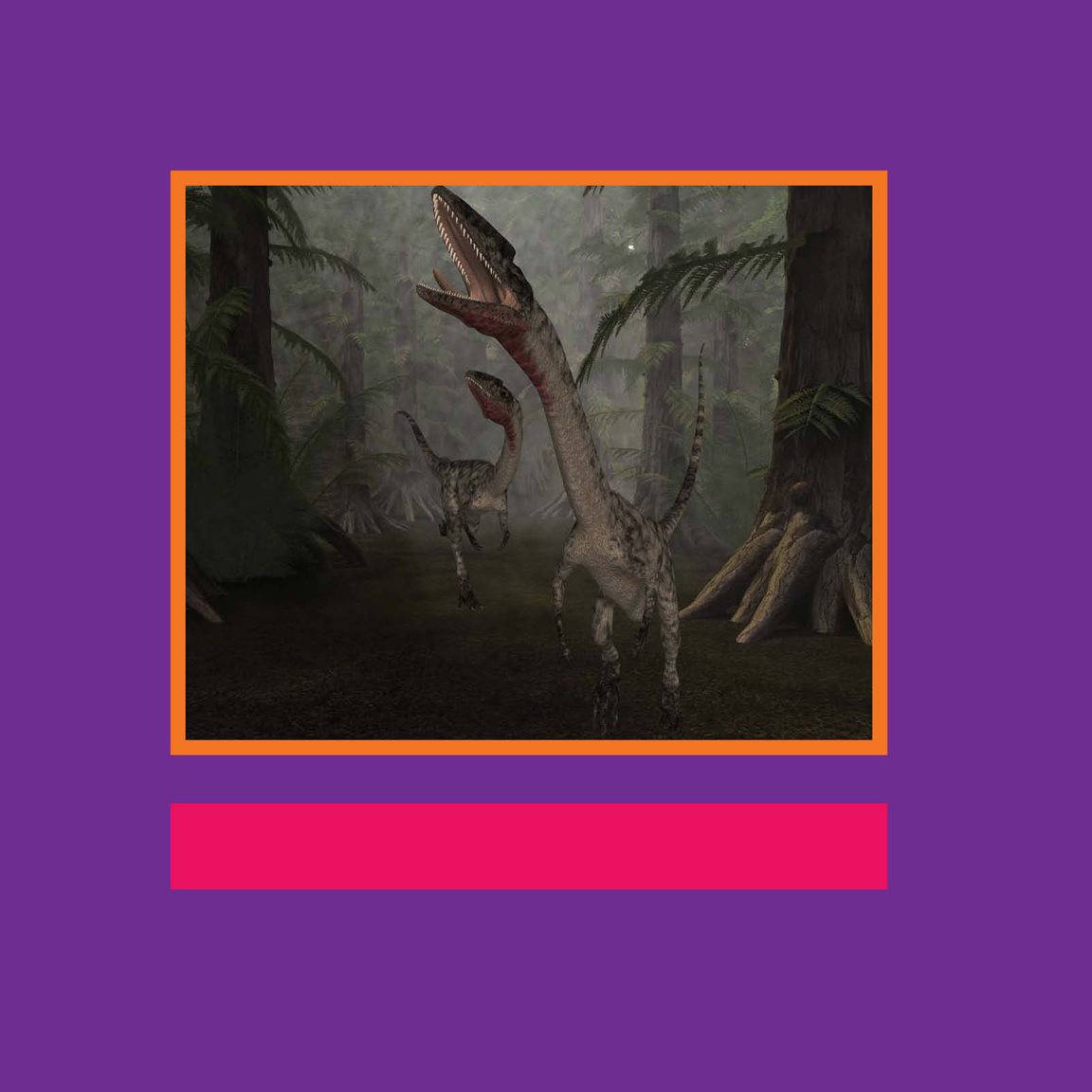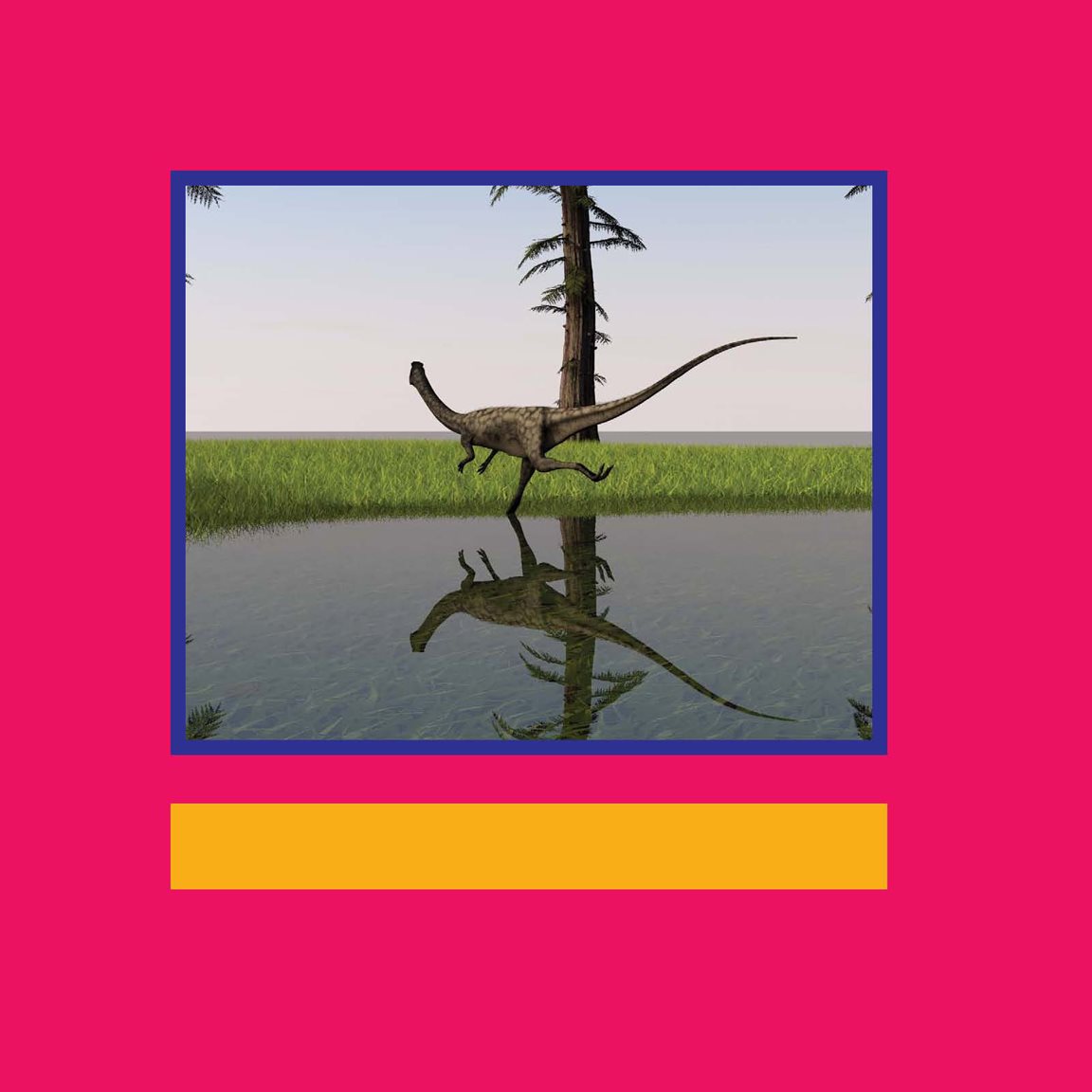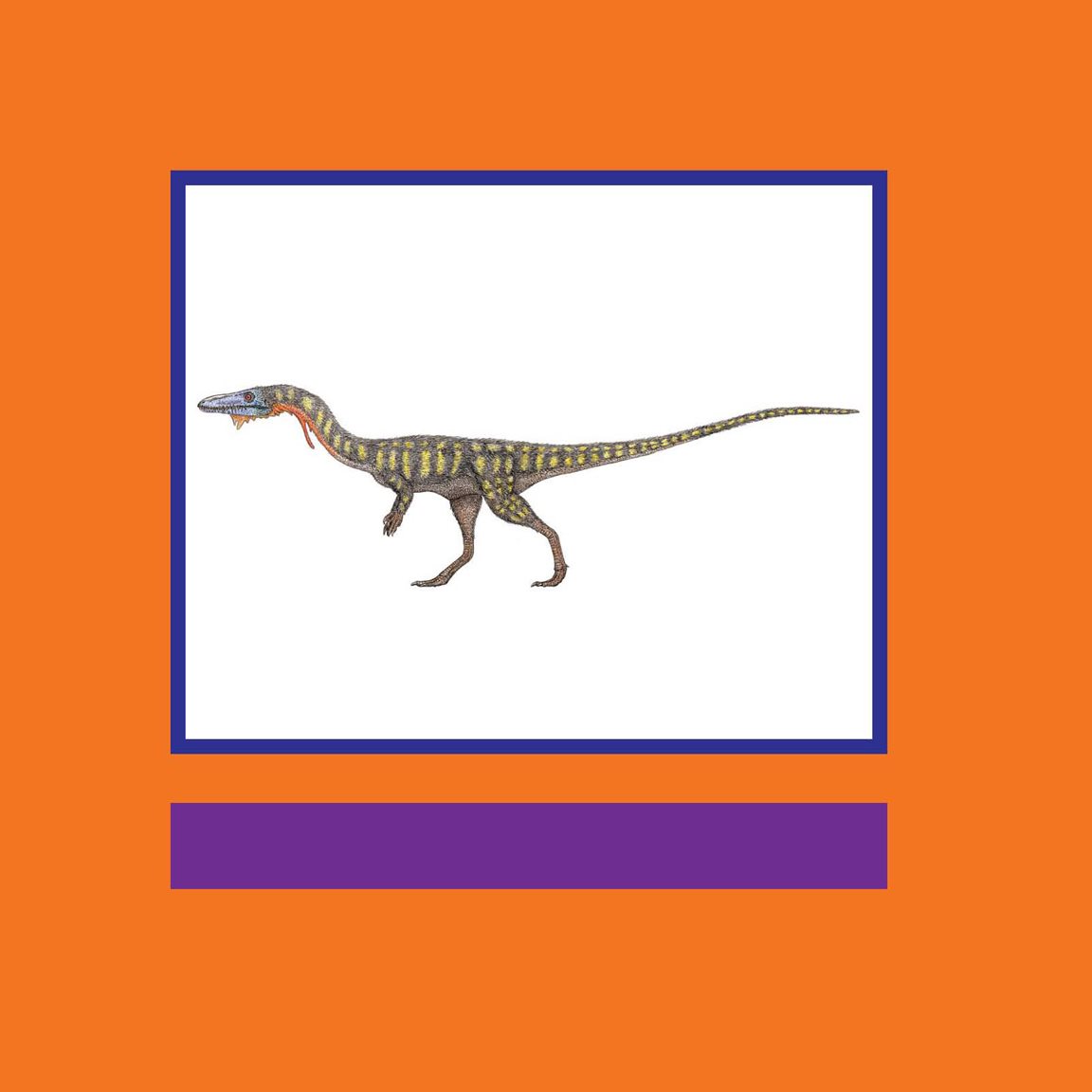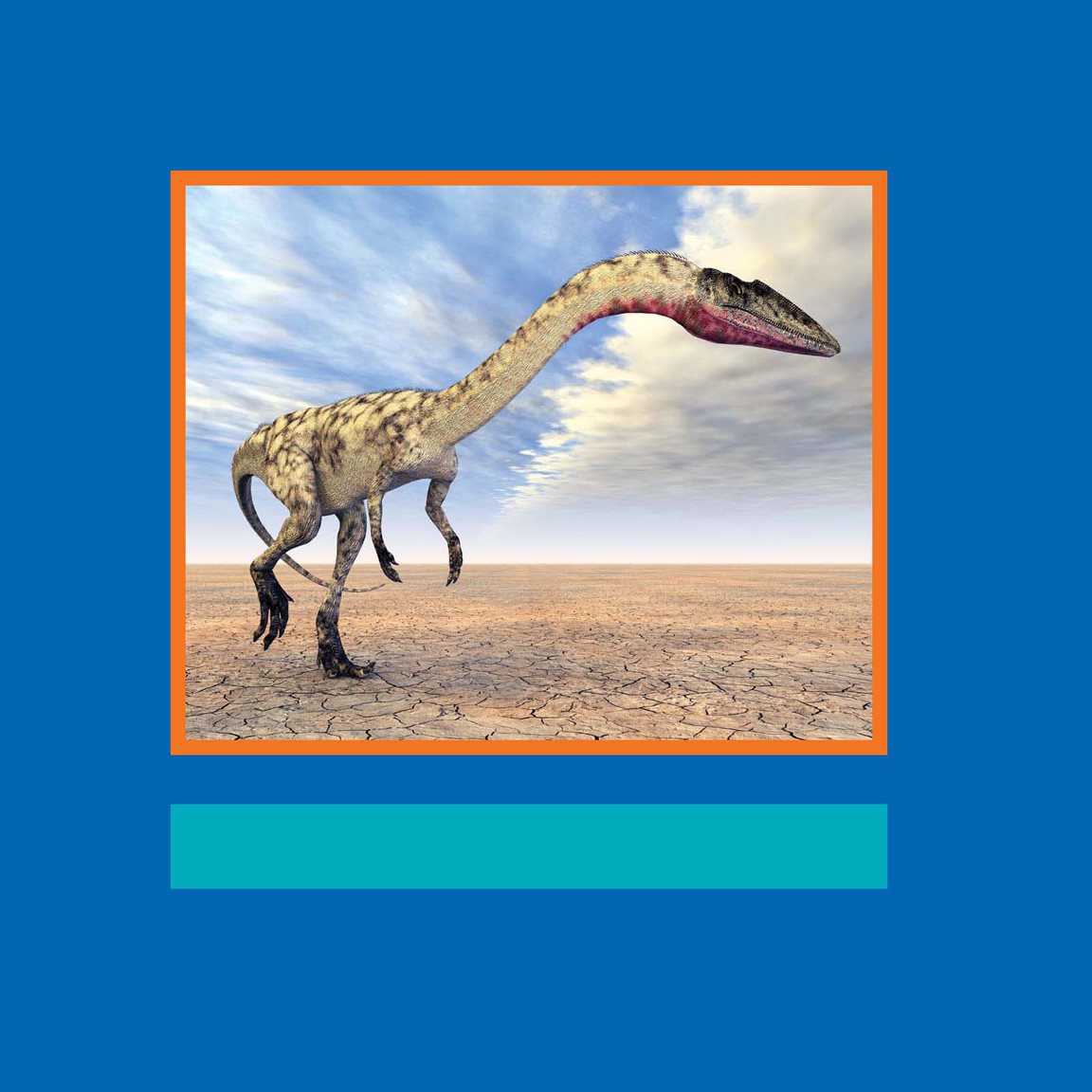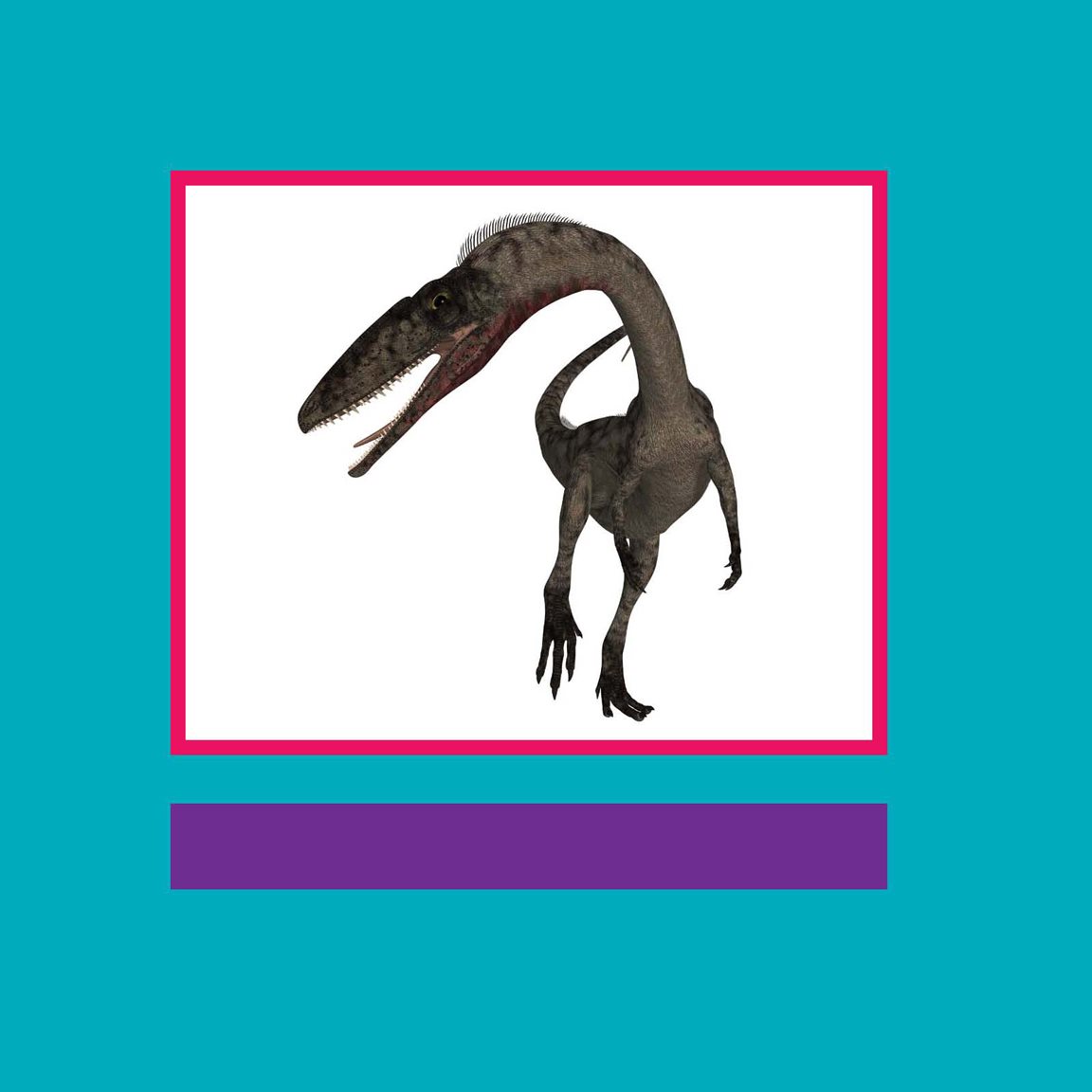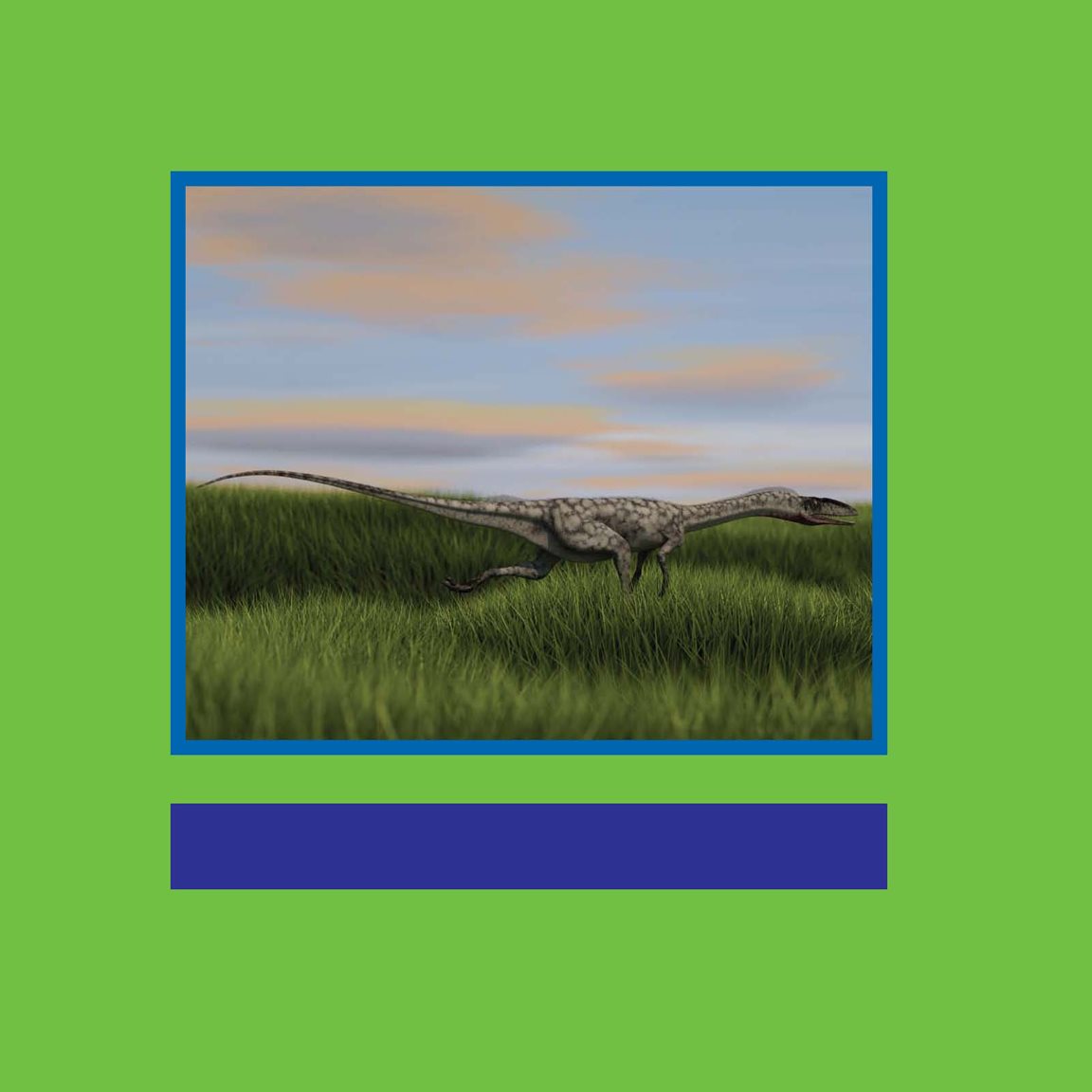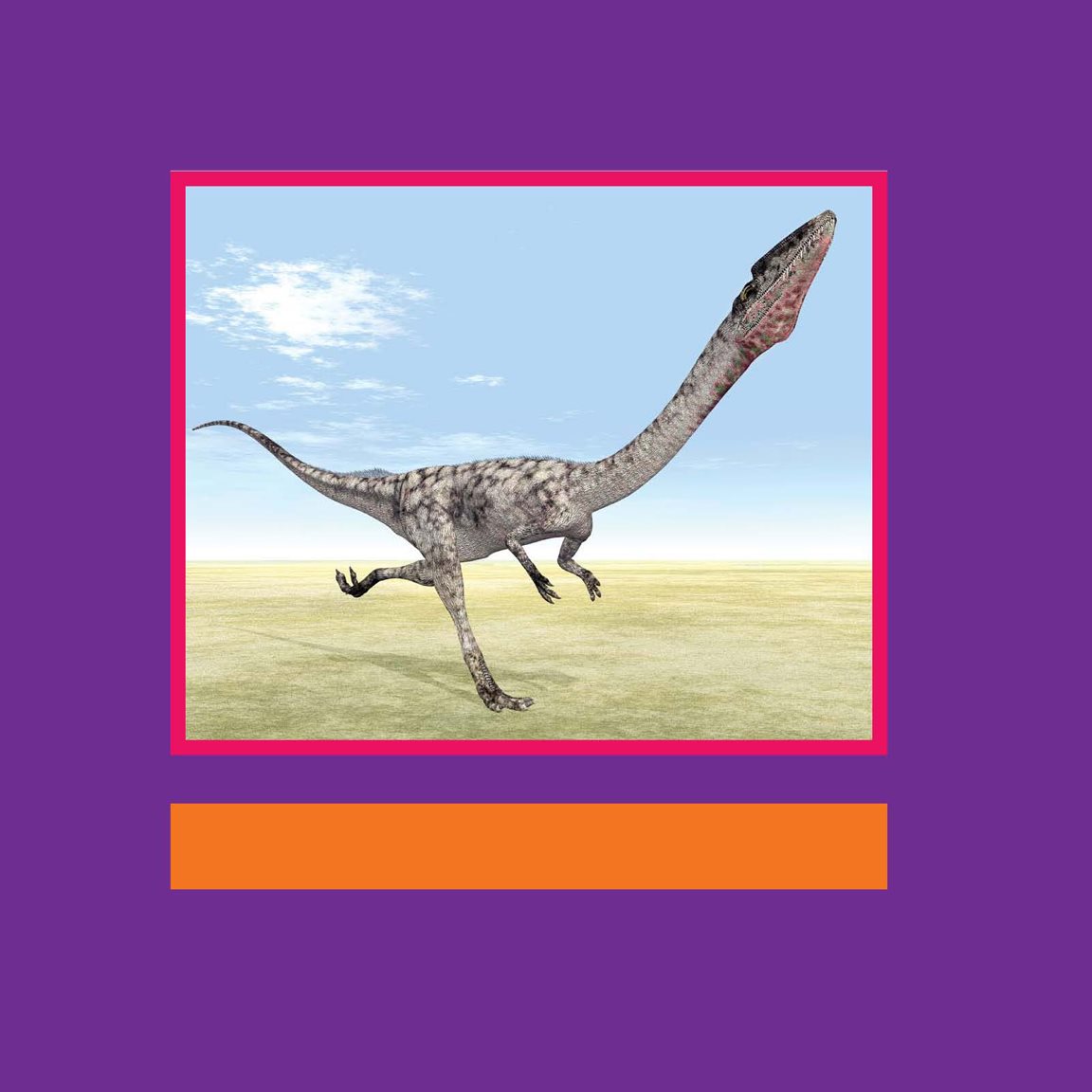Table of Contents
Guide
Published in the United States of America by Cherry Lake Publishing
Ann Arbor, Michigan
www.cherrylakepublishing.com
Content Adviser: Gregory M. Erickson, PhD, Paleontologist, Department of Biological Science,
Florida State University, Tallahassee, Florida
Reading Adviser: Marla Conn, Read With Me Now
Photo Credits: Cover and pages 10 and 16, Michael Rosskothen/Shutterstock.com; pages 4
and 12, Andreas Meyer/Shutterstock.com; pages 6, 14, and 18, Kostyantyn Ivanyshen/
Shutterstock.com; page 8, Park Ranger / tinyurl.com/nztyug5 / CC-BY-2.0; page 20, Captmondo /
tinyurl.com/llwxnz7 / CC-BY-SA-3.0.
Copyright 2016 by Cherry Lake Publishing
All rights reserved. No part of this book may be reproduced or utilized in any
form or by any means without written permission from the publisher.
Library of Congress Cataloging-in-Publication Data
Gregory, Josh, author.
Coelophysis / by Josh Gregory.
pages cm.(Dinosaurs) (21st Century junior library)
Summary: Learn about the dinosaur known as Coelophysis, from what it ate to how it lived.
Provided by publisher.
Audience: K to grade 3.
Includes bibliographical references and index.
ISBN 978-1-63362-382-8 (lib. bdg.)ISBN 978-1-63362-410-8 (pbk.)
ISBN 978-1-63362-438-2 (pdf)ISBN 978-1-63362-466-5 (e-book)
1. CoelophysisJuvenile literature. 2. DinosaursJuvenile literature. I. Title.
QE862.S3G7668 2015
567.912--dc23
ISBN-13 978-1-68444-515-8 (e-book)2014045655
Cherry Lake Publishing would like to acknowledge the work of
The Partnership for 21st Century Skills.
Please visit www.p21.org for more information.
Printed in the United States of America
Corporate Graphics
July 2015
Synchred Read-Along Version by:
Triangle Interactive LLC
PO Box 573
Prior Lake, MN 55372
contents
What Did Coelophysis Look Like?
How Did Coelophysis Live?
Coelophysis was a dangerous hunter.
What Was
Coelophysis?
A group of small dinosaurs moves
quietly through the forest. They keep a close
watch over the area. Suddenly, one of them
darts forward. It has spotted a lizard among
the plants ahead. The Coelophysis moves
quickly. It snatches its prey in its jaws. Time
to eat!
Coelophysis thrived hundreds of millions
of years ago.
Coelophysis once lived in what is now
the southwestern United States. It lived
about million to million years
ago. This means it was one of the first
dinosaurs on Earth. But like all dinosaurs,
Coelophysis is now extinct .
Ask
Questions!
Have you ever been to the southwestern United States?
What is it like? What do you think it was like when
Coelophysis lived? If you dont know, ask! A librarian
or teacher can help you find out what you want
to know.
Experts are not sure what colors Coelophysis
might have been.
What Did
Coelophysis
Look Like?
C oelophysis was smaller than most
other dinosaurs. It was only about 9.8 feet
(3 meters) long. It weighed about to
pounds (18 to kilograms). This means it
was about as heavy as a large dog.
Coelophysis never walked on its short front legs.
Coelophysis stood on its strong back legs.
Its long tail helped it stay balanced. It used
its small front legs to grab food. Each of
Coelophysiss four legs had three toes. The
toes ended in sharp claws.
Look!
Take a close look at a picture of Coelophysis. Does it look
like any other dinosaurs you have seen? What about other
kinds of animals? How do you think Coelophysis looked
while it was moving?
Coelophysiss long neck was very flexible.
Coelophysis had a long neck. Its head
was long and thin. Its mouth opened like
a crocodiles. Inside the mouth were many
teeth. They were very sharp. They also had
jagged edges. This made them perfect for
cutting through meat.
Coelophysis could easily outrun many
other animals.
How Did
Coelophysis Live?
T he name Coelophysis means
hollow form. This name comes from
the dinosaurs hollow bones. Being hollow
made the bones lightweight. This helped
make Coelophysis fast and agile . These
skills were important to Coelophysis. They
helped it survive in a dangerous world.
Coelophysis might have used its nose to help sniff
out nearby prey or predators.
Coelophysis used its speed to catch
prey. It hunted other small dinosaurs. It
also ate lizards and small crocodiles. Such
small prey was probably swallowed whole.



